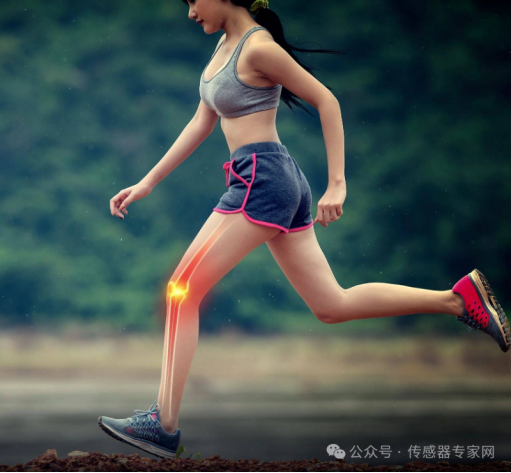Accurate measurement of human movement is key to ensuring training effectiveness and rehabilitation quality in sports science and medical rehabilitation. Are you curious about how athletes' sports data is monitored in real-time? Or, how can rehabilitation equipment ensure exercise accuracy? The answers to these questions all point to a key technology - motion measurement sensors. This article will take you through the working principle and practical application, comprehensively analyzing this "motion perception" technology.

Part 1: Overview of Motion Measurement Sensors
A motion measurement sensor is a device used to measure human motion. Its core function is to detect human motion data and convert it into readable information. From early mechanical sensors to modern electronic sensors, motion measurement sensors have undergone multiple technological innovations and have now become indispensable measurement tools in sports science and medical rehabilitation.
Part 2: Working Principle
The working principle of motion measurement sensors is mainly based on accelerometer, gyroscope, and magnetometer technologies. The key components include accelerometers, gyroscopes, magnetometers, and signal processing circuits. During the working process, sensors calculate human motion data by detecting changes in acceleration, angular velocity, and magnetic field strength. Taking an accelerometer as an example, sensors measure changes in acceleration and calculate motion velocity and displacement based on time.
Part Three: Types and Classification
Motion measurement sensors can be divided into accelerometer type, gyroscope type, and magnetometer type according to their principles. According to the measurement method, it can be divided into single point and multi-point. According to application scenarios, sensors can be divided into sports science, medical rehabilitation, and laboratory use. Accelerometer sensors are suitable for high-precision measurements, while gyro ritual sensors are more suitable for complex motion measurements.
Part Four: Application Scenarios
In the field of sports science, motion measurement sensors are used to monitor athletes' motion data and ensure training effectiveness. In the field of medical rehabilitation, it is used for motion monitoring of rehabilitation equipment to ensure the quality of rehabilitation. The laboratory utilizes its high precision and reliability for motion research and development. For example, in athlete training, motion measurement sensors can monitor motion data in real time, providing scientific basis for training.
ending
The important role of motion measurement sensors in sports science and medical rehabilitation is driving technological progress in related fields.
Source: Sensor Expert Network



